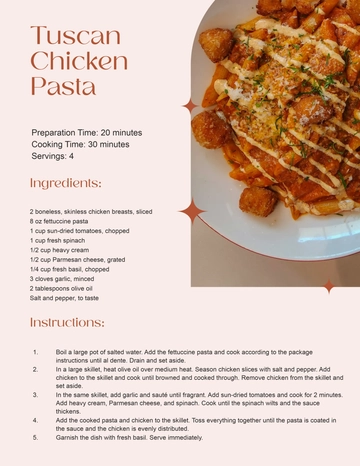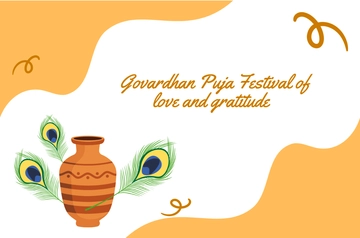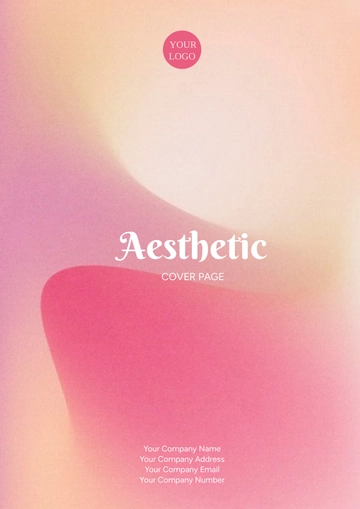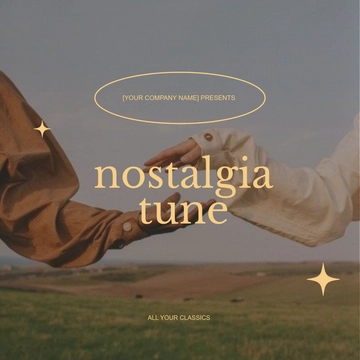Free Aesthetic Article

"Creating Visually Striking Promotional Materials: Strategies for Effective Marketing Campaigns"
Written by: [Your Name]
I. Introduction
In the competitive world of marketing, creating visually striking promotional materials is crucial for capturing and maintaining attention. As digital platforms evolve and audience expectations shift, the emphasis on aesthetics in marketing campaigns has become more pronounced. This article delves into the key strategies and techniques for designing promotional materials that not only capture attention but also drive engagement and conversions.

II. Key Elements of Visually Striking Promotional Materials
A. Visual Appeal
To ensure that your promotional materials stand out, consider the following elements:
Color Schemes: Use a well-thought-out color palette that aligns with your brand identity and resonates with your target audience. For example, vibrant colors like turquoise and magenta can energize your campaign, while pastel tones create a calming effect.
Typography: Choose fonts that are both visually appealing and easy to read. Experiment with font sizes, weights, and styles to create hierarchy and emphasis. Combining a bold headline font with a clean body text can enhance readability and impact.
Imagery: Incorporate high-quality images and graphics that reinforce your message and attract attention. For instance, using professional photographs of your products or services can convey authenticity and trustworthiness.
B. Layout and Design
A clean and organized layout enhances the readability and effectiveness of your materials. Key design considerations include:
White Space: Utilize white space to avoid clutter and make important elements stand out. This helps in creating a more focused and aesthetically pleasing design.
Grid Systems: Employ grid systems to create a balanced and cohesive design. A grid layout helps in aligning elements neatly and maintaining visual harmony.
Visual Hierarchy: Establish a clear visual hierarchy to guide the viewer’s eye through the content. Use contrasting colors and font sizes to highlight key information and calls to action.
C. Interactive Elements
Incorporate interactive elements to engage your audience:
Clickable Call-to-Action Buttons: Design prominent buttons that drive users to take specific actions, such as visiting your website or making a purchase. For example, a brightly colored "Shop Now" button can increase click-through rates.
Animations: Use subtle animations to draw attention to key elements without overwhelming the viewer. Simple transitions or hover effects can make your content more engaging.
Infographics: Create interactive infographics that allow users to explore data in an engaging way. Interactive charts or graphs can provide a deeper understanding of complex information.
III. Best Practices for Designing Promotional Materials
A. Know Your Audience
Tailor your design to meet the preferences and needs of your target audience. Conduct research to understand their preferences and incorporate elements that appeal to them. For example, if your target audience is millennials, consider using modern design trends and social media integrations.
B. Maintain Brand Consistency
Ensure that your promotional materials are consistent with your overall brand identity. Use consistent colors, fonts, and imagery to reinforce your brand message. This helps in creating a cohesive brand experience and strengthens brand recognition.
C. Test and Optimize
Regularly test your promotional materials to gauge their effectiveness. Use A/B testing to compare different design elements and optimize based on performance data. For example, test different color schemes or call-to-action placements to determine which performs better.
IV. Examples of Successful Marketing Campaigns
A. Case Study: EcoTrend Apparel
EcoTrend Apparel launched a successful campaign in 2052 with a focus on visually stunning social media ads. The campaign featured:
Bold Colors: Eye-catching color schemes like electric blue and neon green that stood out in users’ feeds.
Engaging Graphics: High-quality graphics of eco-friendly fashion items that effectively communicated the campaign message.
Interactive Elements: Clickable elements that drove user engagement and conversions, including a "Discover More" button that led to the brand’s online store.
B. Case Study: Gourmet Delights
In 2055, Gourmet Delights implemented a multi-channel campaign that utilized:
Innovative Typography: Unique fonts such as cursive headers paired with clean sans-serif body text that created a memorable visual experience.
Dynamic Layouts: Adaptive layouts that performed well across various devices, ensuring a seamless user experience.
Data Visualization: Infographics that made complex nutritional information easily understandable, helping customers make informed choices.
V. Conclusion
Creating visually striking promotional materials requires a blend of creativity and strategic design. By focusing on key elements such as visual appeal, layout, and interactive features, and by adhering to best practices, you can develop promotional materials that effectively capture attention and drive results. As marketing trends continue to evolve, staying ahead with innovative and aesthetically pleasing designs will ensure your campaigns stand out in a crowded marketplace.

For further insights and assistance with your marketing campaigns, feel free to reach out to [Your Name].
- 100% Customizable, free editor
- Access 1 Million+ Templates, photo’s & graphics
- Download or share as a template
- Click and replace photos, graphics, text, backgrounds
- Resize, crop, AI write & more
- Access advanced editor
Elevate your content with the Aesthetic Article Template from Template.net. This beautifully designed template is fully customizable and easily editable with the AI Editable Tool, allowing you to tailor it to your unique style. Perfect for creating visually stunning articles that capture attention and convey your message with elegance and professionalism.





























